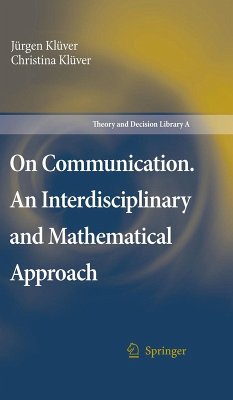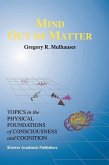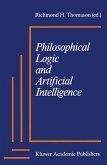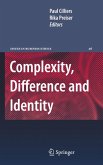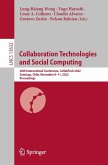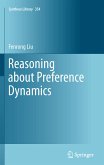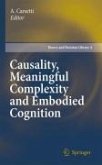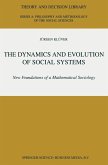These theoretical definitions are operationalized by the application of certain computer programs, namely Soft Computing programs like cellular automata and artificial neural nets. In many examples the authors demonstrate how it is possible to model and analyze communicative processes, i.e. social combined with cognitive ones. The computational models are validated by social experiments that show how communicative complexity can be simulated and in some parts prognosticated. The considerations of the book are finally systematized by general equations of communication.
The book refers to readers of different disciplines like communications science, social sciences, cognitive sciences and computer science. Yet no special knowledge in these sciences and/or mathematics is presupposed. Scholars of these sciences and graduate students should have no principal difficulties with the text.
Dieser Download kann aus rechtlichen Gründen nur mit Rechnungsadresse in A, B, BG, CY, CZ, D, DK, EW, E, FIN, F, GR, HR, H, IRL, I, LT, L, LR, M, NL, PL, P, R, S, SLO, SK ausgeliefert werden.
"This research monograph offers an innovative and very much unique perspective at communications by bringing forward two important facts of communication theory and practice. ... The material is presented in a coherent way. ... Illustrative material coming in the form of brief simulation schemes is a genuine asset of the monograph. ... All in all, this is a highly welcome contribution stressing the genuine need for new comprehensive and unified view at the discipline of communication." (Witold Pedrycz, Zentralblatt MATH, Vol. 1137 (15), 2008)

